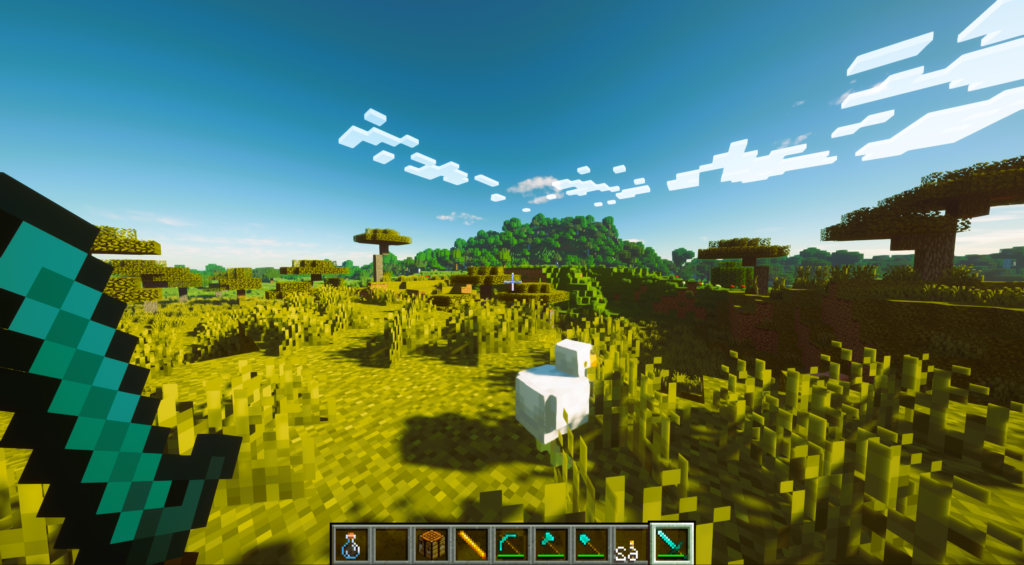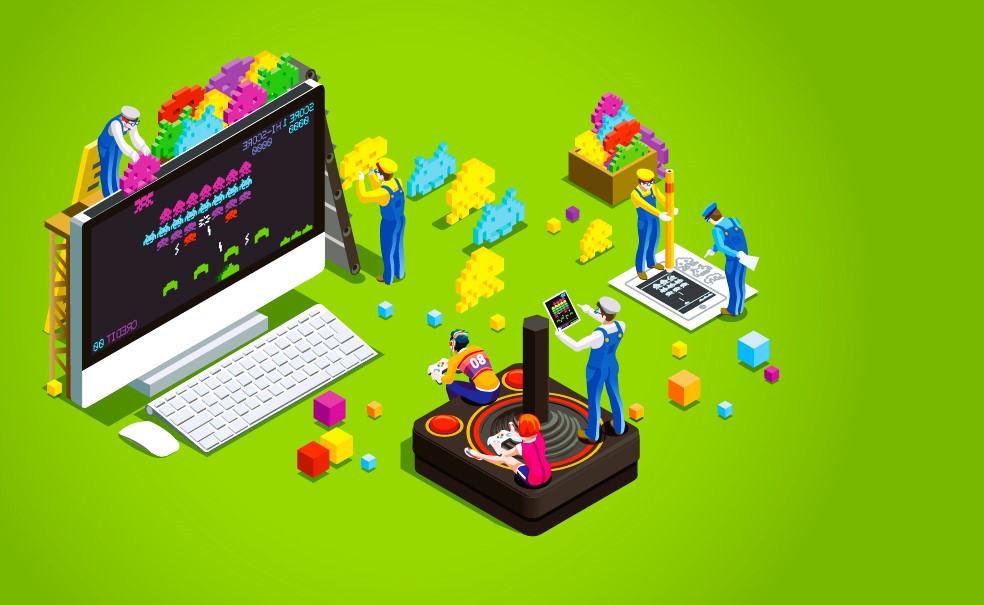Setting up a Minecraft server involves more than just installing the software; choosing the right hardware is crucial for ensuring smooth gameplay, minimal lag, and reliable performance. Whether you’re hosting a small private server for friends or managing a large public server with hundreds of players, selecting suitable hardware can significantly impact the player experience. In this comprehensive guide, we’ll explore the factors to consider when choosing hardware for your Minecraft server and provide practical tips to optimize performance.
Understanding Server Requirements
Minecraft servers are resource-intensive, requiring sufficient processing power, memory (RAM), storage, and network bandwidth to handle concurrent player interactions, world generation, and server-side computations. The server hardware requirements vary depending on several factors, including:
- Number of Players: The more players simultaneously connected to your server, the greater the demand on hardware resources.
- Gameplay Mode: Survival, Creative, and modded servers each have different resource demands based on gameplay mechanics and plugin usage.
- Plugins and Mods: Additional plugins and mods can increase RAM and CPU usage, impacting server performance.
Key Hardware Components

1. Processor (CPU)
The CPU is the brain of your Minecraft server, responsible for executing server-side calculations, handling player interactions, and managing world generation. When choosing a CPU:
- Clock Speed: Higher clock speeds (GHz) improve single-threaded performance, crucial for Minecraft’s Java-based server software.
- Core Count: Minecraft servers benefit from CPUs with multiple cores, allowing for better multitasking and handling of concurrent player actions.
2. Memory (RAM)
RAM directly affects how many players and plugins your server can support simultaneously. Minecraft servers typically require:
- Minimum Requirements: Allocate at least 1GB of RAM per server instance. For larger servers or modded gameplay, 4GB or more may be necessary.
- DDR4 vs DDR3: DDR4 RAM offers faster data transfer rates and lower power consumption compared to DDR3, beneficial for server performance.
3. Storage (HDD/SSD)
Storage speed influences world loading times, chunk generation, and data access:
- SSD vs HDD: SSDs (Solid State Drives) provide faster read/write speeds than traditional HDDs, reducing lag and improving overall server responsiveness.
- Storage Capacity: Choose sufficient storage capacity to accommodate Minecraft world saves, plugins, and server logs. Read our guide to setting up server data backup.
4. Network Bandwidth
A stable and high-speed internet connection is essential for maintaining smooth gameplay and minimizing latency (ping):
- Upload Speed: Ensure sufficient upload bandwidth to handle outgoing data from your server to connected players.
- Data Center Location: Hosting your server closer to your player base reduces latency and improves connection stability.
Tips for Optimizing Server Performance
1. Server Management Software
- Spigot and Paper: Use optimized server software like Spigot or Paper to enhance server performance and reduce resource usage.
- Java Version: Ensure your server software and Java runtime environment are up-to-date for improved stability and security.
2. Monitoring and Maintenance

- Server Monitoring: Use monitoring tools to track CPU, RAM usage, and network performance. Address resource bottlenecks promptly to maintain server stability.
- Regular Backups: Schedule regular backups of your Minecraft world files and server configuration to prevent data loss in case of hardware failure.
3. Scalability and Future-proofing
- Upgrade Path: Choose hardware with room for scalability, allowing for future upgrades as your server grows.
- Budget Considerations: Balance performance requirements with budget constraints when selecting hardware components.
Choosing the right hardware for your Minecraft server is essential for delivering a smooth and enjoyable gameplay experience to your players. By understanding the demands of Minecraft server hosting and selecting hardware components that meet those requirements, you can optimize performance, reduce lag, and create a stable gaming environment. Whether you’re starting a new server or upgrading existing hardware, careful consideration of CPU, RAM, storage, and network capabilities is key to success.
For further insights into optimizing Minecraft server performance and hardware selection, visit Fandom.

